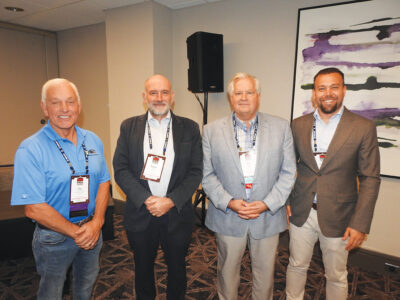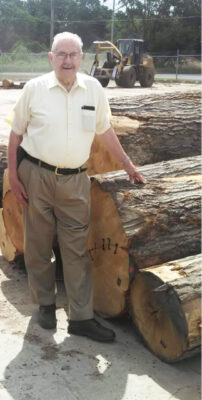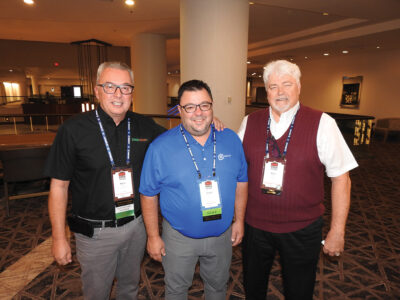In the Southeastern United States, there were reports of slowdowns in companies and many lumber representatives have blamed either the lack of demand, the economy or both.
In North Carolina, a lumber spokesman commented that the market in his area is “pretty slow right now” and worse than the previous six months because “the economy is slow right now. A lot of our customers have slowed down. Exports are slow.”
He said they offer Poplar in “all the grades” and he listed No. 1, No. 2 Common and FAS as examples.
They sell to furniture manufacturers, distributors and moulding and millwork companies. They also export. He noted that he has some end use customers that are “doing okay but nobody is doing fantastic.”
He believes that if the tariffs are put in place, there will be “retaliatory tariffs” but they will be “pretty inconsequential for our business” because they “don’t do a whole lot of business in China anymore since the last time we had tariffs. We just had to find other markets.”
A lumber representative in Tennessee also said that “it’s pretty slow right now.” He explained that demand is the heart of the issue and “seems to be way off.” It is worse than six months ago.
They handle “all major Appalachian species,” he said, as they offer Cherry, Ash, Hard Maple, Hickory, Poplar and Red and White Oak in No. 1 and No. 2 Common and FAS and Better. Their best seller is Poplar, which is, as he explained, “mainly going to distribution centers, moulding and trim businesses.” Those are only a few of his customers.
He listed flooring businesses, upholstered furniture, banisters, risers and stair tread companies as more of his clientele. They don’t export directly, selling their products to American exporters.
It is slow for his customers, too. He detailed that there’s not a “ton of consumer confidence right now. The general economy has gotten people to where they’re not spending as much money on home repairs and other things that have kind of taken a back seat to necessity. It almost seems like hardwood is a luxury now and there’s a lot of alternatives to hardwood now and that is a definite threat to our industry.”
In Mississippi, a lumber spokesman who started his business in 1999, said “In the areas where we do business, it’s pretty bad. In my opinion, it’s the worst I’ve seen it.” He listed the economy, interest rates and elections as the culprits for the downturn, commenting, “I’ve been in politics for a long time but I’m out of it now. I’ve seen it at local level elections. When there is an election in a year, everything, in about six months on both sides goes south in a handbasket.” He said that it is “close to how it was six months ago. In our little area, we’re a little depressed right now.”
He mentioned they work with “typical species indigenous to the Southeastern United States, which is where the bulk of our products come. We do get up into the Northeast sometimes and buy some species that don’t really do so well down here.” Species they offer include Hickory, Poplar, Red and White Oak and “some mixed hardwoods. We do buy a little Eastern White Pine for special customers. Most of the Pine we buy would be for cut parts like pallets.
For us, Poplar is selling the best. I’ve talked to people in the Pine business and some people seem to be doing all right. Hardwood is a different story.” They primarily work with 4/4 and a little 5/4 on occasion but essentially, they “run the gamut. We sell all the grades in the species that we handle.” He explained they “never really had a market for the thick stock” and that many “don’t do a lot of thick stock hardwood in the South United States because of the drying problems.”
Their clients consist of pallet, crating and flooring manufacturers and moulding companies. They do import some products, however.
Regarding the potential tariffs, he is in favor of them.
As for issues his business has encountered as of late, he explained how the problem starts with customers. “Just from random conversations and knowing the flow of the wood compared to what it has been, it starts with the customers. We can manufacture all we want to manufacture and buy all the inventory we want to but if nobody is buying, it doesn’t matter. They’re not buying because they can’t sell it. It begins and ends with them,” he said.








